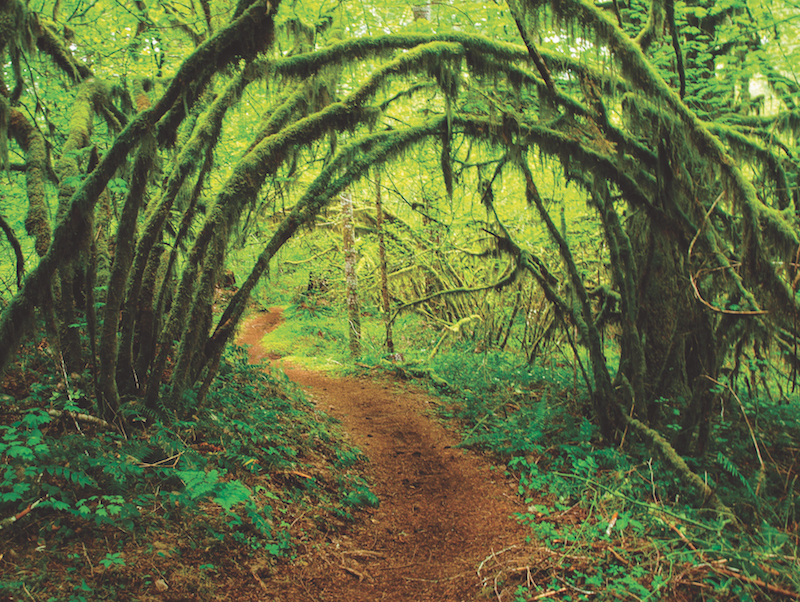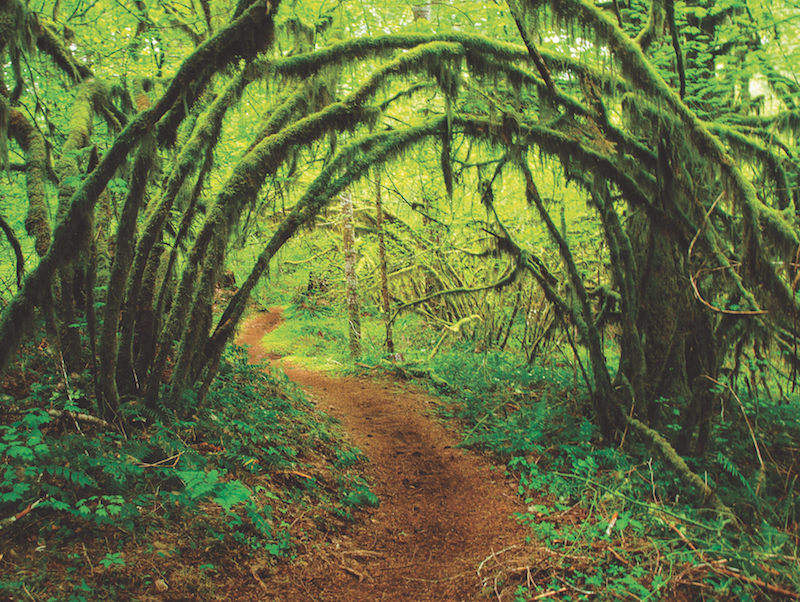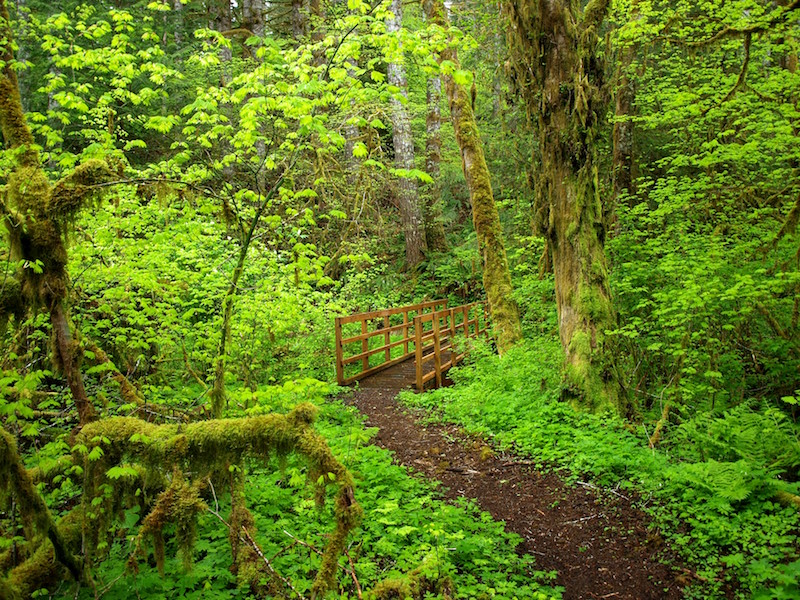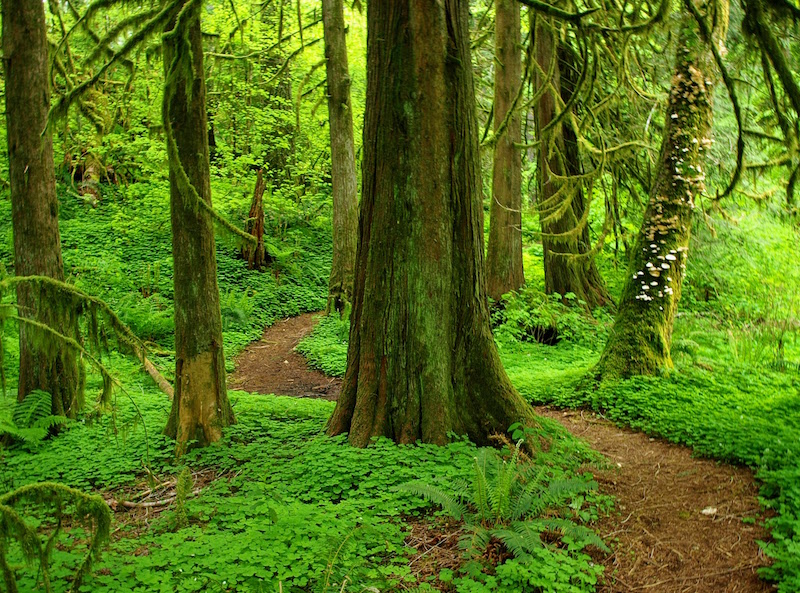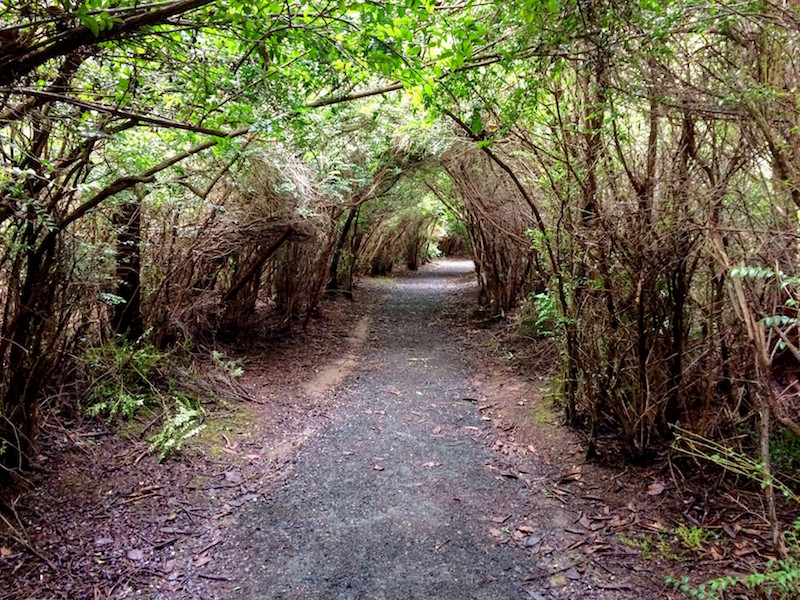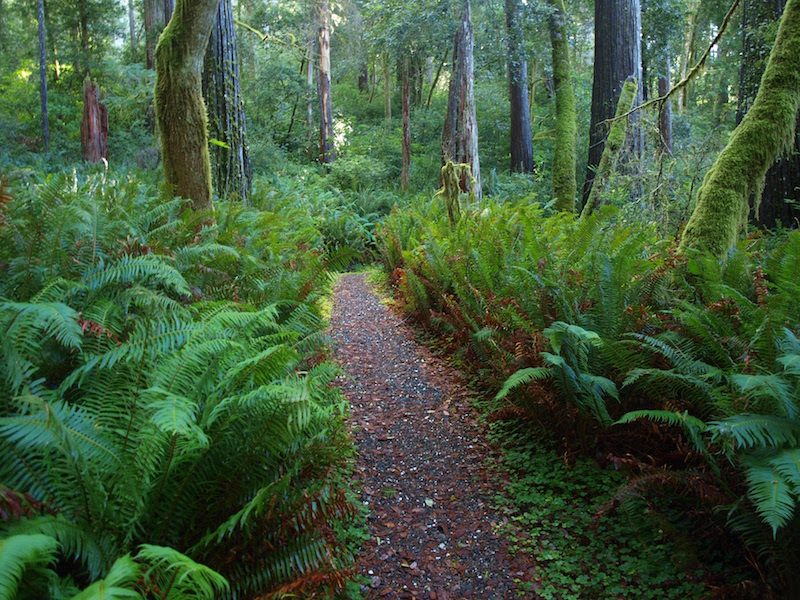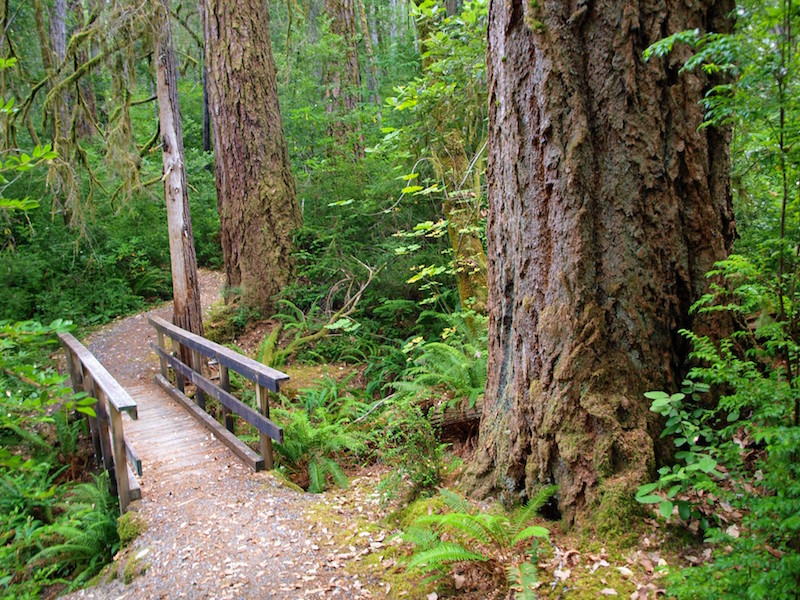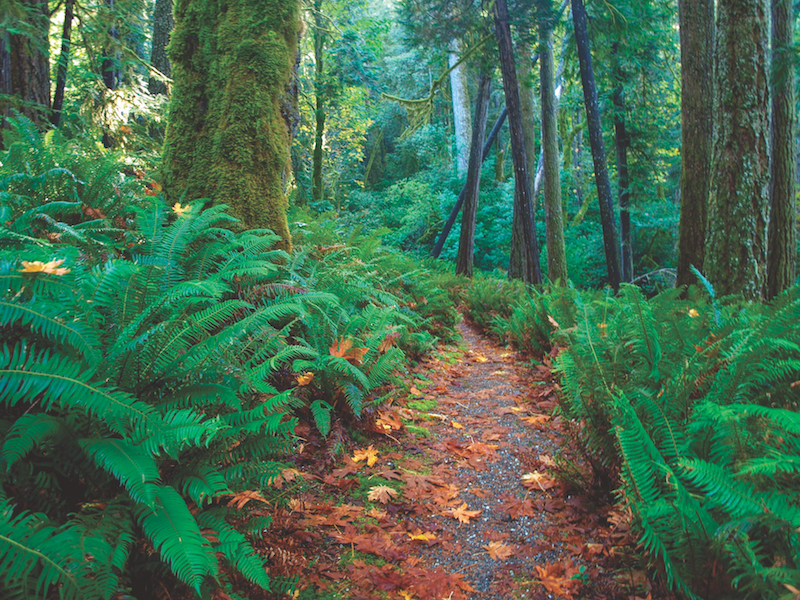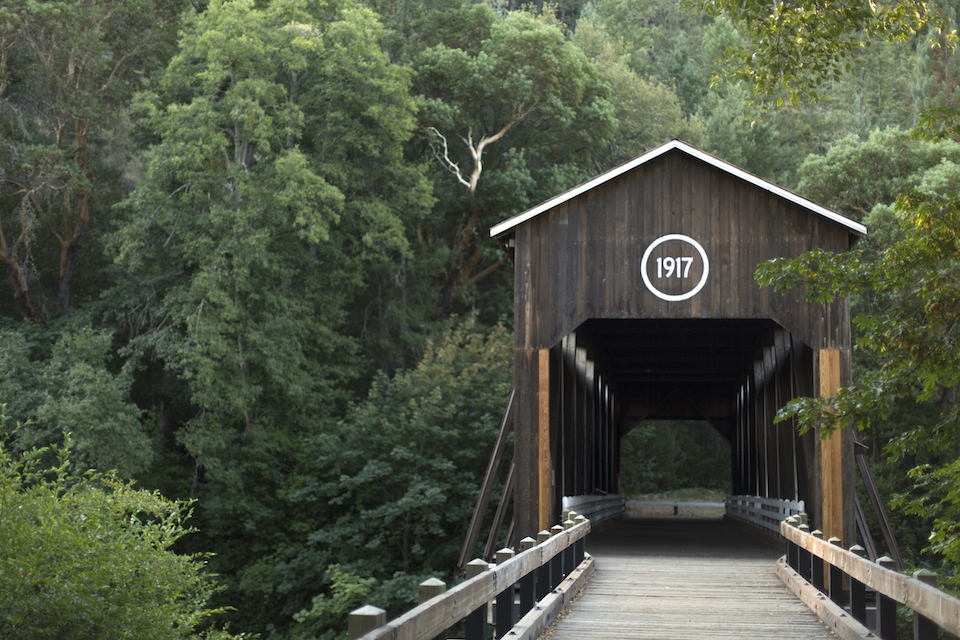Plan a summer adventure along a hidden Oregon Coast Trail
written and photographed by Adam Sawyer
The lure of the Oregon Coast and the Coastal Range is strong for hikers. But even if you get out regularly, there are probably a number of stellar paths you haven’t discovered yet. And despite the recent influx of humanity into the state, there’s still plenty of solitude to be found. At the very least, there are places that don’t require you to go on a weekday morning in winter to obtain it. Here are just a few.
Step Creek/Gales Creek Loop
Hidden just inside the northeastern fringe of the Tillamook State Forest, the Step Creek/Gales Creek Loop is barely in the Coast Range. But it is, and not only are the hiking paths that branch out from Reehers Camp lightly used, they showcase how well a forest can rebound from trauma—perhaps a helpful reminder for those still reeling from last summer’s cavalcade of wild res.
In 2017, the Forest Service put the finishing touches on a loop of the Step Creek Trail. Connected to the Gales Creek Trail, the 7.5-mile excursion explores some of the lushest, moss-covered, oxalis-carpeted, fern-filled forest in Tillamook County. It’s a verdant oasis, despite the decimation of last century’s Tillamook Burn. As an added bonus, the 2.4-mile Triple C Loop, located across the street from Reehers Camp, is thematically congruent and even visits some impressive old-growth. Check with the Forest Service or drop by the Tillamook Forest Center for updated information on the recently rerouted trail system.
The sweeping vistas and dramatic beauty provided by the Knoll and God’s Thumb have been enjoyed by Lincoln City locals for generations. With views of the Coast Range, Devil’s Lake and the Paci c Ocean, the Knoll’s open meadow is picnic paradise on a clear afternoon. A short hike away, God’s Thumb is an imposing basalt feature that, for those not afraid of heights or exposure, affords even better views of the coastline, including Cascade Head. In 2012, Lincoln City purchased a chunk of land, then acquired an easement in 2016 that allows unfettered access to both geologic features. There are a few loops or out-and-back options that range anywhere from 3 to 7 miles. Check with the Lincoln City Visitor & Convention Bureau for exact, turn-by-turn directions as the hike isn’t seamless, with some questionable junctions and stretches of gravel or service road to negotiate. You don’t want to end up traipsing through local landowners’ backyards. But the payoff for your
trouble is almost embarrassing overcompensation.
The South Slough National Estuarine Research Reserve
The phrases “under the radar” and “hidden gem” are overused and often inaccurate. That is not the case with what locals simply call the “South Slough.” A mix of trails visits a wildly diverse landscape with eye-widening scenery and surprises around every corner.
There are a handful of trailheads located around the reserve just south of Charleston, but perhaps the best sampling is a roughly 3-mile loop that starts from the interpretive center. In that short distance, you’ll descend a dense forest path, walk along a boardwalk that serpentines through an open, waterfowl-laden marshland, and head back up to the trailhead through stoic stands of spruce and creek-carved ravines. The reserve’s website and interpretive center have all the information and maps you’ll need.
The Frances Shrader Old Growth Trail
The farther down the coast you go, the more unencountered the trails become. Once south of Coos Bay, you won’t drive through a town with more than 5,000 residents until you get to Brookings, near the border of California. is 100-mile stretch is a treasure trove of coastal beauty and exceptional, rarely traveled hiking paths. Just outside Gold Beach and inside the borders of the Rogue River-Siskiyou National Forest is a gleaming example—the Frances Shrader Old Growth Trail.
Accessible old-growth forests close to the coast can be hard to come by. This interpretive 1.5-mile path, which loops through some of the largest hardwoods and oldest Douglas rs anywhere in the Northwest, is one of the best options you’ll find. Perhaps due in large part to its remoteness, this gently graded, lushly forested piece of hiking heaven remains a quiet sanctuary. Check the Forest Service website for more information.


